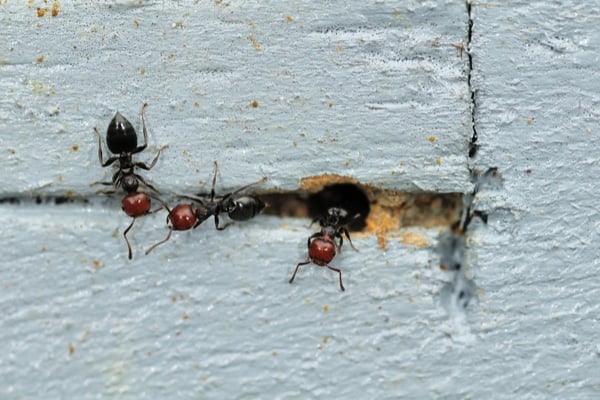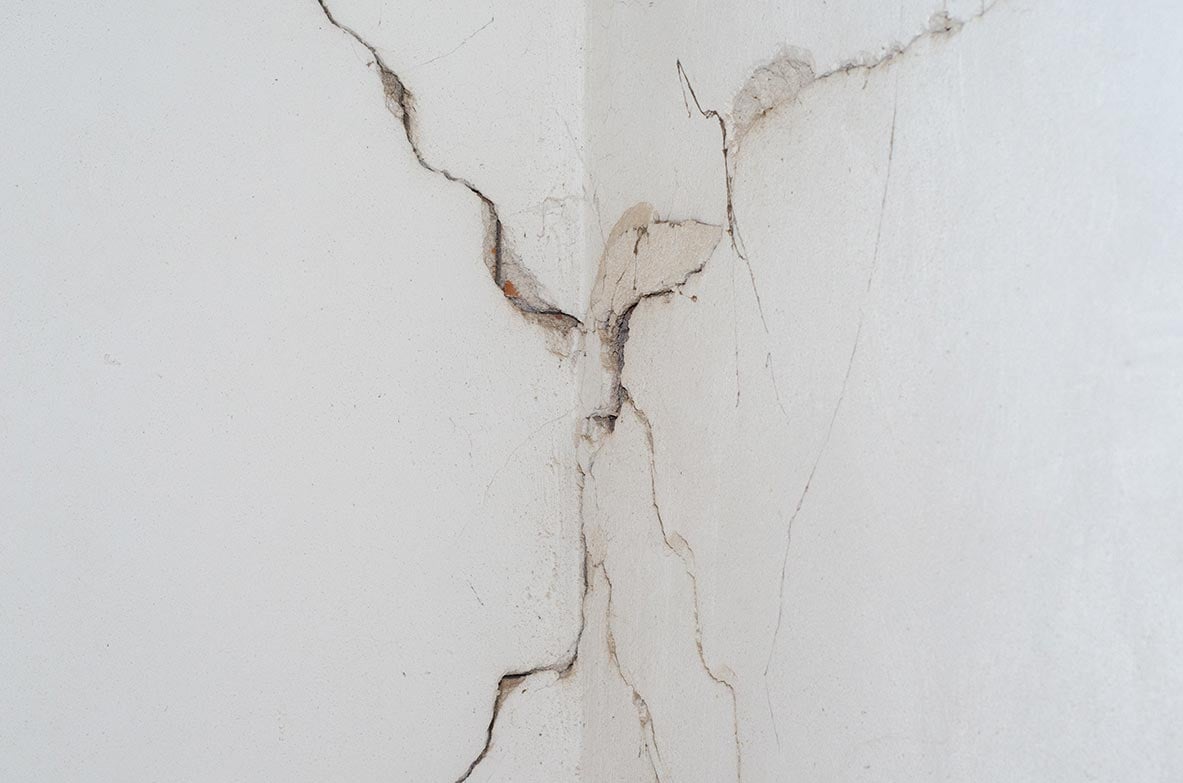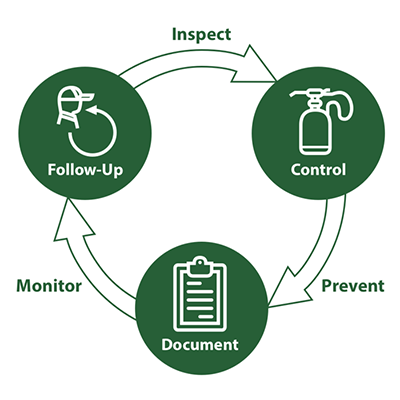Acrobat Ant Control
Signs of Infestation
Worker Acrobat ants readily enter structures by moving together in long lines (or “trailing”) along tree lines and utility lines until they find a way inside. They may also enter by following the rails of connected fences and decks. They generally get inside by finding cracks and holes near window and door frames, soffits, and other thresholds. Some acrobat bats may trail for over 100 feet from their nests.
The main visual indication of damage from Acrobat ants is the accumulation of debris they leave behind in their trails. They prefer wood softened by decay fungi or rigid foam board insulation. They can also enlarge cavities in wood made by other insects. Acrobat ants will also occasionally strip the insulation from electrical or telephone wires which can cause short circuits.
Contact Plunkett's today for a FREE estimate!
Appearance And Behavior
Acrobat ants get their name from their habit of raising their abdomen over their thorax and head when disturbed. Various species of Acrobat ants are found throughout the United States.
Acrobat ant workers are 1/8″ long. Queens can measure up to 3/8″ long. They are light brown to black, though some varieties can be multicolored. They have a pair of dorsal spines on their thorax, a two-segment waist, and a rarely-used stinger.
Acrobat ants feed on honeydew from aphids and mealybugs which they usually tend or “herd.” They also feed on live and dead insects, including termite swarmers. Indoors, they show a preference for sweets and high-protein foods. When disturbed or alarmed, workers tend to be quite aggressive. Acrobat ant workers can both bite and give off a repulsive odor.

Acrobat Ant Prevention

Inspection is the key to successful control of Acrobat ants. When worker ants are found indoors, the first place to inspect is the structure’s exterior. Look for:
- Trailing ants on the foundation
- Bits of foam board insulation which would indicate a nest behind the exterior sheathing or siding
- Trailing ants on all wires, utility lines and pipes coming into the walls
- Trailing ants on tree and shrub branches in contact with the wall
- Signs of excessive moisture such as peeling paint on wood thresholds, soffits, window frames, trim, and molding.
Keep foraging Acrobat ants outside by filling obvious cracks and crevices using silicone sealer, builder’s putty, or mortar patch. Trim tree and shrub branches away from the roof and walls to prevent bridging contact points. In the yard, you should inspect logs, stumps, firewood, tree cavities, dead tree limbs, loose bark, and underneath any debris for nests.
Indoors, investigate areas of excessive moisture such as leaking pipes, basements, and other humid parts of the home. Use a moisture meter to detect areas of high moisture. Check areas where termites or carpenter ants have damaged wood.

Our Ant Control Process
If you have an acrobat ant infestation in your home, your best option is to call the professionals at Plunkett’s Pest Control. We’ll deliver the solutions you need.
Outside, Plunkett’s technicians apply full perimeter treatment using a residual liquid insecticide. We treat Acrobat ant nests located in structural wood by injecting the wood with residual insecticide, aerosol, or dust formulations. Experts can even remove or destroy nests located inside walls and structural voids.
Wherever your Acrobat ants, we have the tools and knowledge required to drive them out. Call Plunkett’s today to learn more or schedule a control service today.
Ant Control With Plunkett's
At Plunkett’s, our goal is to help you quickly, conveniently, and in the most cost-effective way. We make every effort to be with you asap, usually within a day or two.
Learn More
There are several common varieties of ants that are particularly likely to make pests of themselves around your home. Some of the most common examples of indoor pest ants Plunkett’s encounters frequently include:






